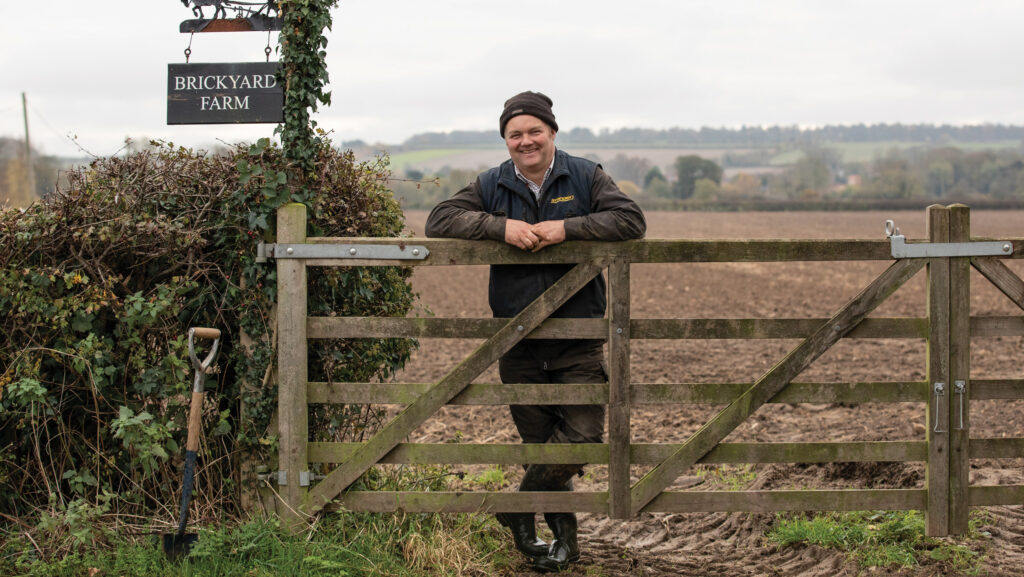Farmer Focus: It’s tempting to not plant, but we’re farmers
 Andrew Wilson © Angela Waites Photography
Andrew Wilson © Angela Waites Photography We’re a month ahead of last year. That felt good to write.
We are drilled up, just had 15mm of rain after a dry spell, and have 12ha of potatoes to lift.
I was even sprayed up for at least 15 minutes last week until I got an email from my agronomist identifying a few top-ups to get round.
See also: Why vegetables are making a return to Kent arable farm
Recent moisture has assisted pre-emergence herbicides.
It’s tempting to not plant given profitability forecasts based on current market prices, but we’re farmers, and “if we sow nowt, we’ll sell nowt”.
I take the view that if we do things as well as we can and keep a lid on both growing costs and longer-term exposure (things such as machinery finance) then hopefully we can ride the tide of lean times and still be here when better times return.
Rotation changes and enterprise tweaks have always happened here in one form or another, though never particularly radical in magnitude.
Potato harvest started a few days after normal for us, but the extra week of cool bulking weather before burn-off seem to have been fruitful, if it has been a patience tester.
We’ve made good progress in decent lifting conditions and although yields are down on average, quality is better than expected and stores are fuller than feared.
European free buy market prices in low double figures aren’t inspiring for anybody except buyers, but do highlight the need to manage risk via contracts.
Varietal variations are more significant than normal this year.
From 55t/ha of good quality on unirrigated sand land in a hot year to 32t/ha of lower quality from more bodied ground being the extremities.
The heat seems to have held crops back more than a lack of moisture.
With the exception of a small amount of scab and a yield top-up, the lack of rain has been less restricting than it might have been.
That’s my gut feeling. Further analysis will be needed to identify tweaks, but I always find not worrying about what you can’t control is a good strategy.


